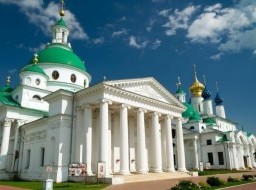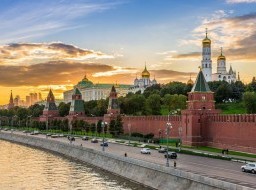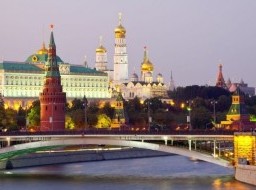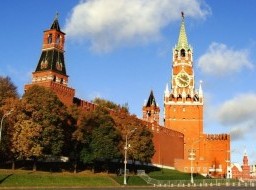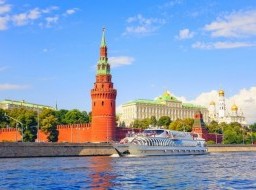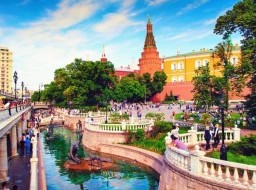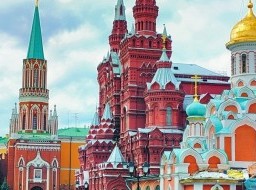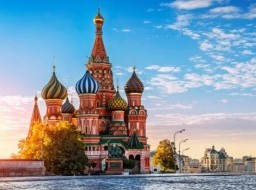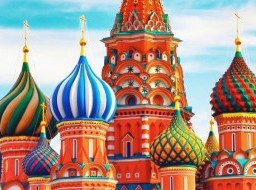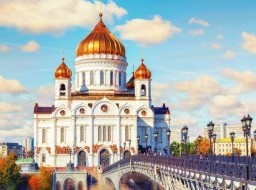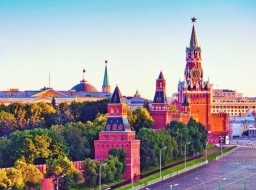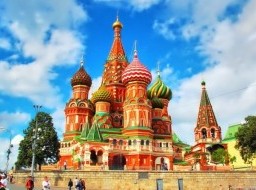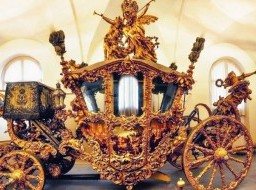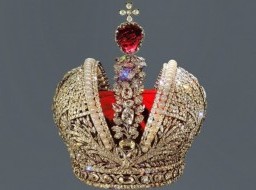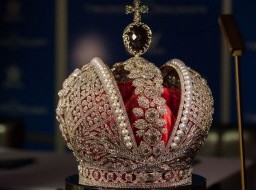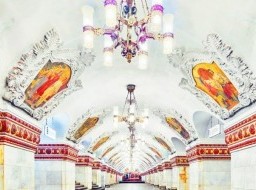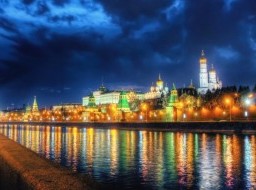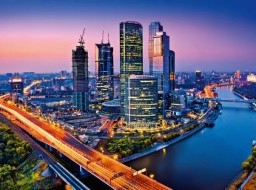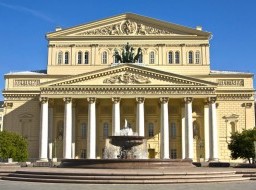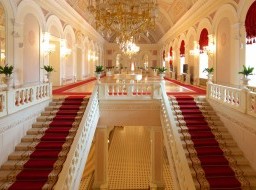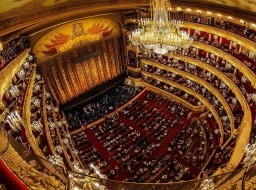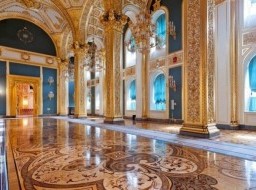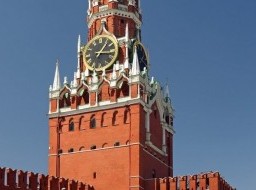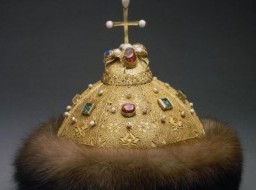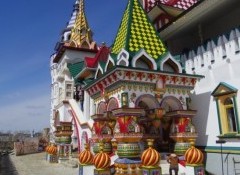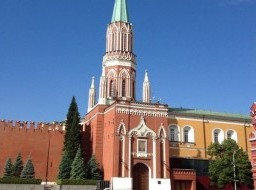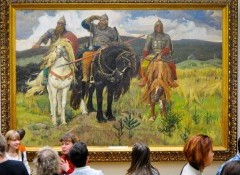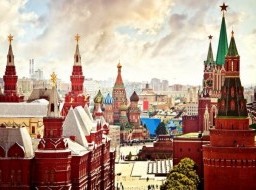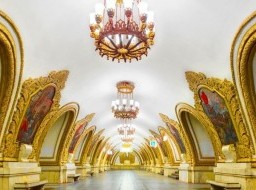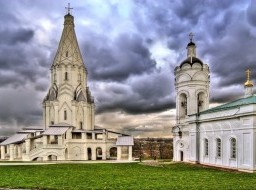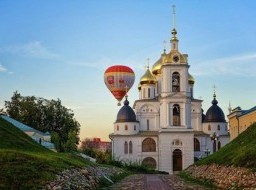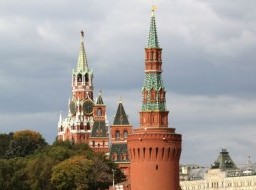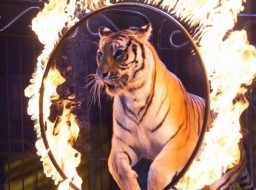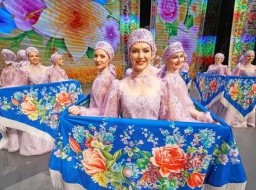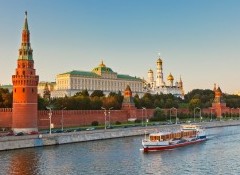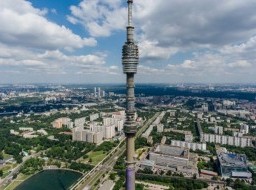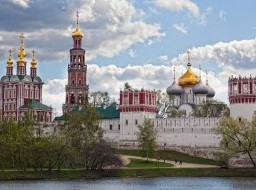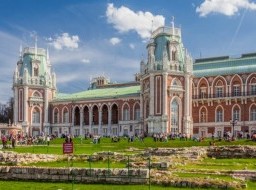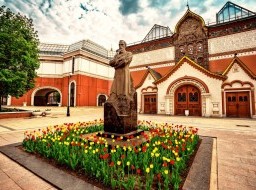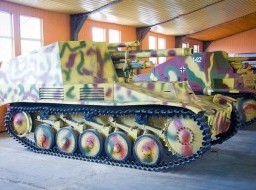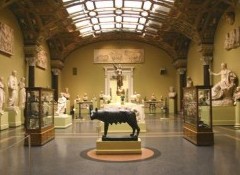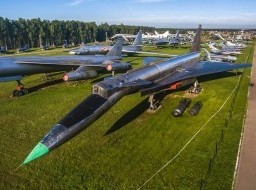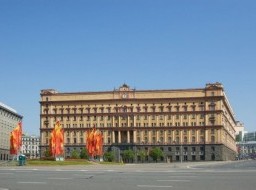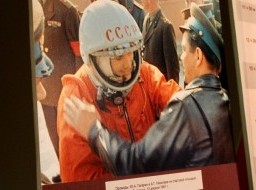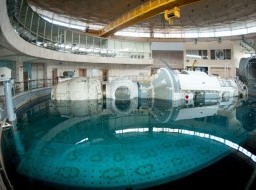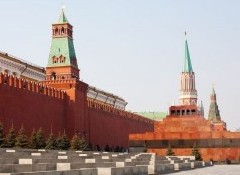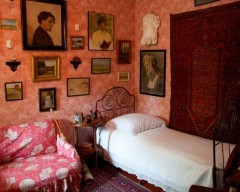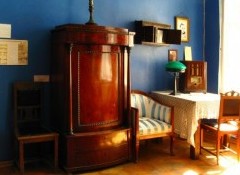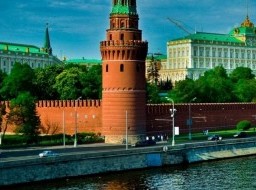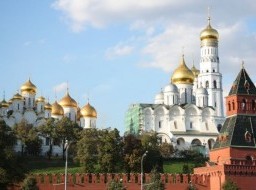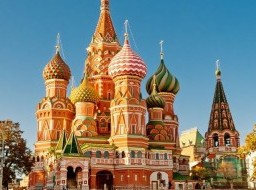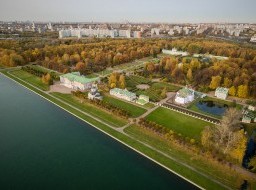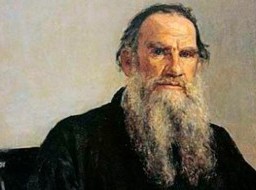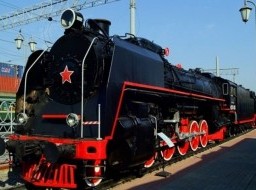Pushkin square
Pushkin Square, also known as Pushkinskaya Square, is known as the heart of Moscow. The popular meeting place, named after Alexander Pushkin, is a great starting point for a stroll through the city centre of Moscow. Pushkin Square is one of the absolute symbols of Moscow. Pushkinskaya acquired vague dimensions (rather a space than a square) recently, about 40 years ago. In Soviet times, it has become, in fact, in the Tverskaya street roadway thoroughfare flanked by two squares, visually almost unrelated to each other. The final segment of the Boulevard merged into Novopushkinsky Park and lost its clarity and independence. Until the middle of XVII century, no square was here, but was just a staging area before the gates of the White City. Miraculous icon of the Holy Mother of God brought from Nizhny Novgorod met here by Muscovites in 1641. Slender five-domed cathedral (Cathedral is one of the nine that have existed in Moscow at the time) was erected in memory of this event under the fortress wall surrounded by a two-tier arched gallery five years later. There was a house of the Passionate icon, one of the most revered shrines of the Romanov dynasty. The Monastery appeared by the Cathedral later in 1654. It was a very beautiful, unusual complex - a monastery with a five-domed cathedral and the gate church - bell tower (1692), directly adjacent to the three-tent travel tower of the White City. Several-domed Church of Nativity in Putinki standing a little way off, but perfectly visible from the city gates was included in the ensemble and was built in 1652. In 1720, the gate was demolished, and the monastery remained. Tverskoy Boulevard appeared, focused precisely on the monastery bell tower in 1796. The western side of the area at the same residential quarter was built up two-storey buildings with a variety of closed courtyards - one of the few fragments of Catherine's master plan implemented regular reconstruction of the city. Another corner of the boulevard and Tverskaya Street was formed by imposing rotunda of Demetrios Church. It originated from an ancient, then out of town, Kievo- Pechersky monastery. It's hard to believe, but under normal asphalt parking yard, hidden by archaeologists surveyed cemetery where Muscovites buried their loved ones in the days of Prince Donskoy. Built, apparently in 1640, three-tent church was demolished in 1791 and replaced by a rotunda - further evidence of the gradual transformation of the "passage beside walls of the White City" into Moscow's main avenue. Contemporaries were told that at the beginning of the XIX century in Demetrios ' Congress noble pilgrims are sometimes so great that the coaches were parked all along the boulevard." But the bell tower at the new church has remained the same, the most unusual of the bell tent not only in Moscow but also, perhaps, the whole of Russia. In the plan it was not a square, and rectangular in shape - a cross between a bell tower and belfry, typical of earlier times. By 1855, the architect MD Bykovskii replaced the old monastery bell tower of the new one. It was incorporated in the two-storey building, which finalized the eastern side of the square. Swedish and Norwegian King Oscar P visited the Holy Monastery in 1875. He admired the Moscow high- monastery bell tower and later said, " Kind of amazing: almost all foreigners want to see this marvelous panorama." The final touch to this finished architectural ensemble was Pushkin monument, inaugurated in 1880 at the mouth of the Boulevard. His performance was symbolic: the poet as if coming out with their favorite Boulevard and bowed his head thoughtfully to the monastery domes... Constructivist building of the newspaper "Izvestia", built in the mid-1920s by architect Bahrin, was the first sign of the impending reconstruction of the square, in 1931 renamed to be Pushkin square. Then, in the late 1920s, Soviet architects began to think seriously about the reconstruction of the central square, whose image was too "Old fashioned" and unsuitable for the Soviet atheist state’s capital. Options were to demolish all buildings completely, redevelop the square, convert boulevards into asphalt highways, and to build the twenty-story tower of TASS news agency on the corner of Gorky street. But first, of course, had to get rid of the "devil's dome." In early 1934, the church built by Demetrios Solunsky was demolished. Buildings of the abolished in 1928 monastery were transferred to the Godless Union of USSR for placing the exposure of the Central Museum of the atheism. In 1931, the Strastnaya square was renamed after Pushkin. In 1937 Mayakovsky’s question about the "devil’s domes" was finally resolved. "Mosrazbor" Trust wiped out the monastery completely. This "labor achievement" came in conjunction with for the 100th anniversary of Pushkin's death. |
|
